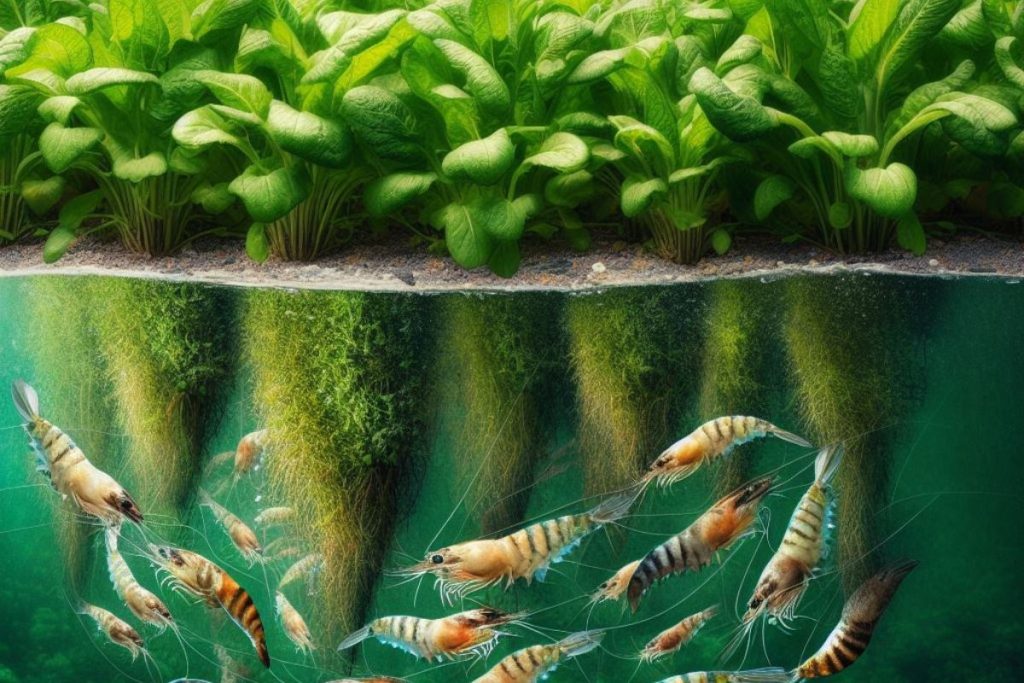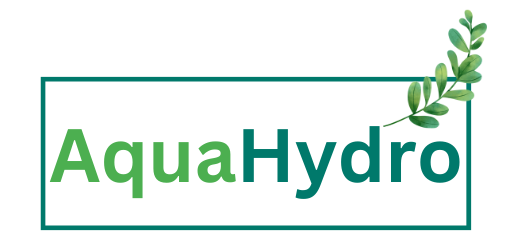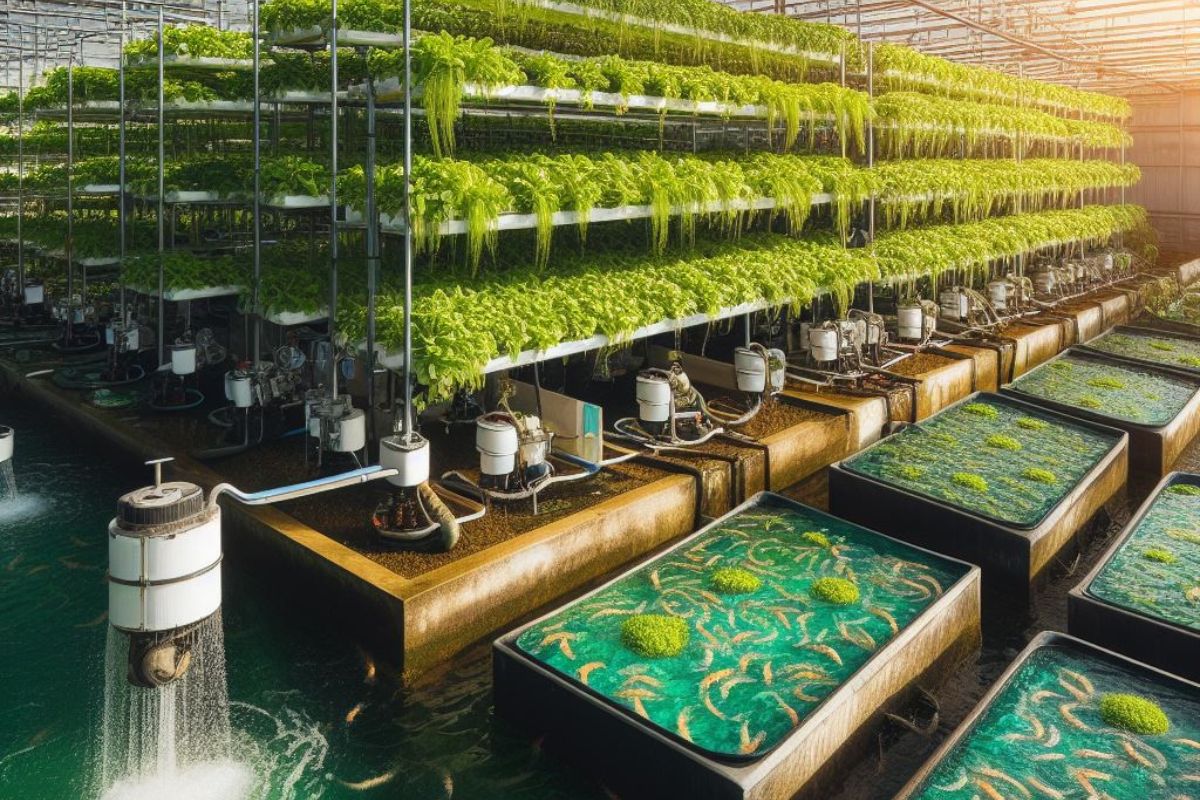Aquaponics shrimp farming is a fascinating and sustainable agricultural practice that combines aquaculture with hydroponics. This innovative method of cultivating shrimp has gained significant attention due to its potential for high yields, minimal environmental impact, and efficient resource utilization. In this comprehensive guide, we delve deep into the world of aquaponics shrimp farming, exploring its benefits, setup, maintenance, and tips for success.
What is Aquaponics Shrimp Farming?
Aquaponics shrimp farming is a symbiotic system that integrates the cultivation of freshwater shrimp with hydroponic plant farming. This holistic approach creates a self-sustaining ecosystem where shrimp and plants mutually benefit from each other’s existence.

Key Components of Aquaponics Shrimp Farming
- Shrimp Tanks: The heart of any aquaponics shrimp farm is the shrimp tank, where these crustaceans thrive. These tanks are carefully monitored to maintain optimal water quality and temperature for shrimp growth.
- Grow Beds: Above the shrimp tanks, you’ll find the grow beds. These beds are filled with a growing medium such as gravel or clay pellets, where plants are cultivated. The plants act as natural filters, removing excess nutrients from the water.
- Water Circulation: A pump system circulates water from the shrimp tanks to the grow beds and back again. This constant flow of water ensures that shrimp waste is converted into nutrients for the plants, effectively purifying the water.
- Beneficial Bacteria: Beneficial bacteria play a crucial role in aquaponics. They break down ammonia, which is produced by shrimp waste, into nitrates, which are then absorbed by the plants as nutrients.
Advantages of Aquaponics Shrimp Farming
Sustainable and Eco-Friendly
Aquaponics shrimp farming stands out as an environmentally friendly method of shrimp cultivation. Unlike traditional shrimp farming, which often leads to deforestation and water pollution, aquaponics reduces the ecological footprint by recycling water and minimizing waste.
High Yields in Limited Space
One of the major advantages of aquaponics is its ability to produce high yields in a small area. By vertically stacking grow beds and optimizing space, farmers can cultivate a substantial amount of shrimp and vegetables in a compact setup.
Reduced Chemical Usage
Traditional shrimp farms frequently rely on antibiotics and chemicals to control diseases and parasites. In contrast, aquaponics systems create a balanced and natural environment, reducing the need for such interventions.
Year-Round Cultivation
Aquaponics allows for year-round shrimp and plant cultivation, providing a consistent supply to the market. This consistency is especially valuable for commercial aquaponics operations.

Setting Up Your Aquaponics Shrimp Farm
Location
Choose a suitable location for your aquaponics shrimp farm. Ensure access to a reliable water source and adequate space for tanks and grow beds.
Tank Selection
Select appropriate shrimp tanks based on your scale of operation. Consider factors such as tank size, material, and water quality management.
Grow Bed Design
Design efficient and well-draining grow beds. The choice of growing medium and proper support structures is crucial for plant health.
Water Quality Management
Maintaining optimal water conditions is paramount in aquaponics. Regularly monitor parameters such as pH, ammonia, nitrites, and nitrates to keep the ecosystem stable.
Maintaining Your Aquaponics Shrimp Farm
Feeding Shrimp
Provide high-quality shrimp feed that meets the nutritional requirements of your shrimp species. Proper feeding ensures healthy growth and high yields.
Monitoring Health
Regularly inspect your shrimp for signs of illness or stress. Early detection and treatment can prevent disease outbreaks.
Pruning and Harvesting Plants
Trim and harvest your hydroponic plants as they grow. This not only encourages plant growth but also helps maintain water quality.
Water Testing
Continue monitoring water quality and make adjustments as needed. Consistent water conditions are essential for the well-being of both shrimp and plants.
Tips for Success
- Start Small: If you’re new to aquaponics shrimp farming, begin with a small-scale system to gain experience before expanding.
- Choose the Right Shrimp Species: Different shrimp species have varying requirements. Select the species that align with your climate and resources.
- Educate Yourself: Continuously educate yourself about aquaponics and stay updated with the latest research and best practices.
- Be Patient: Aquaponics requires patience and diligence. It may take some time to achieve optimal results, so stay committed.
In conclusion, aquaponics shrimp farming offers a sustainable and efficient way to cultivate shrimp while minimizing environmental impact. By following best practices and maintaining a healthy ecosystem, you can create a thriving aquaponics shrimp farm that not only benefits you but also contributes to a greener future.

